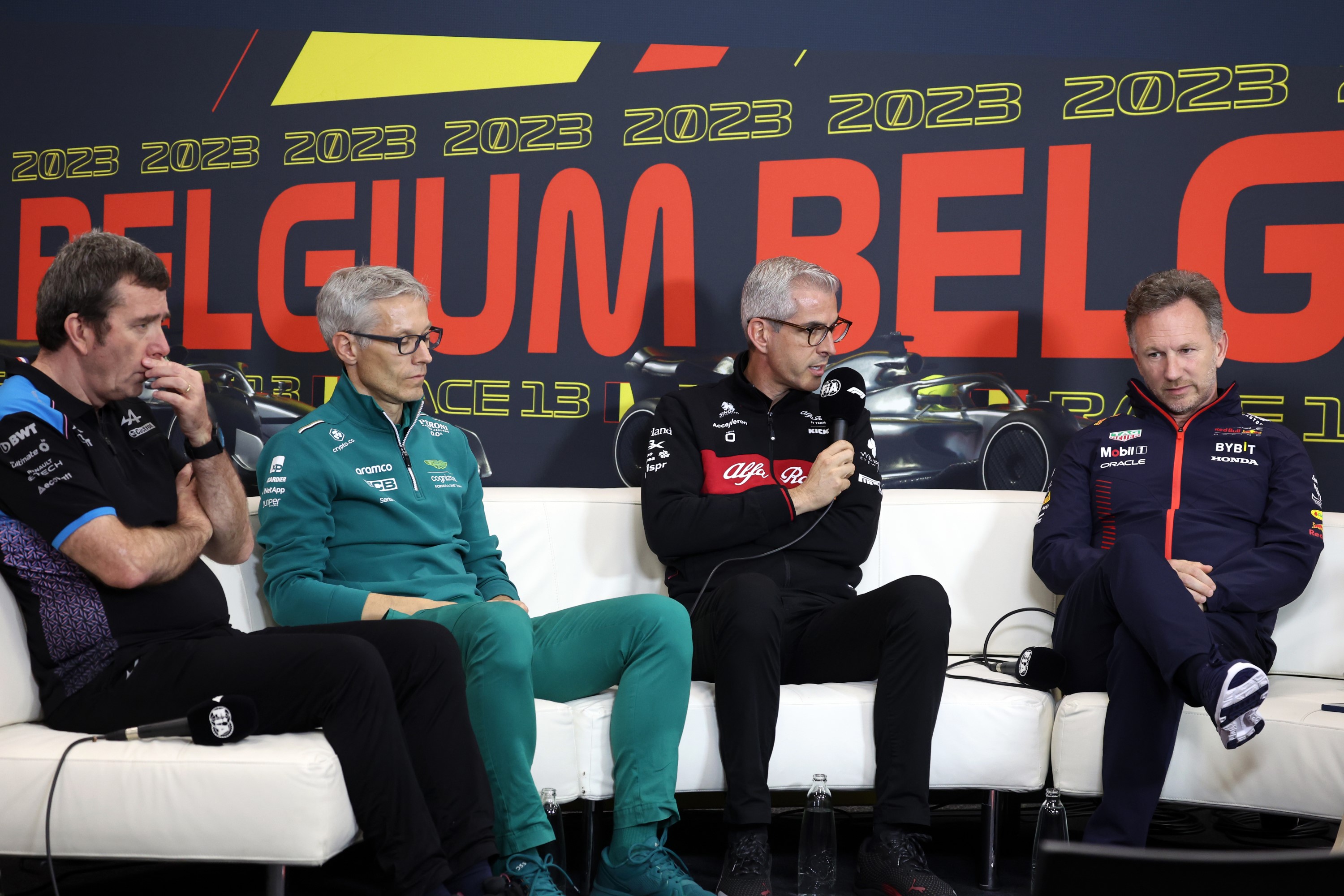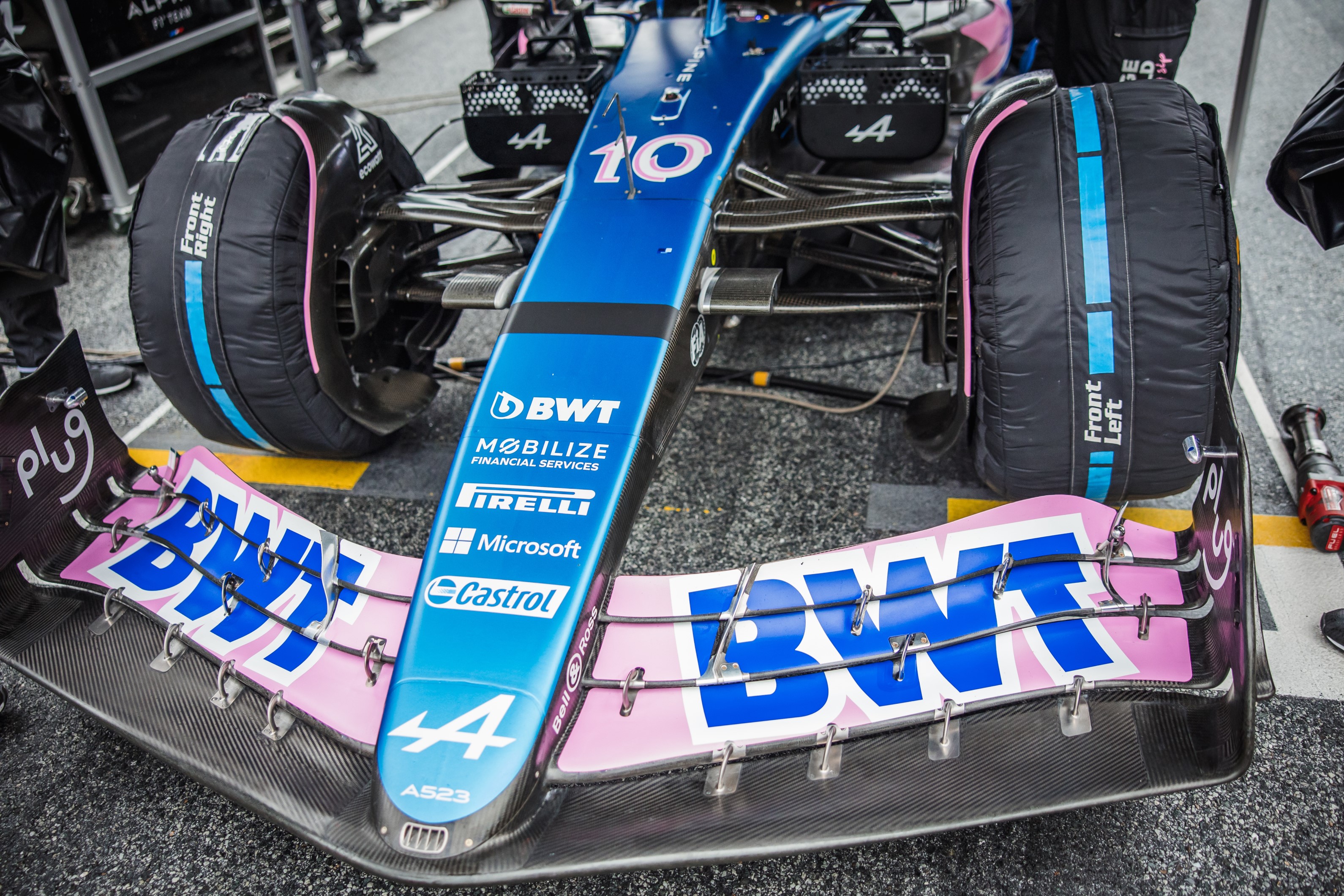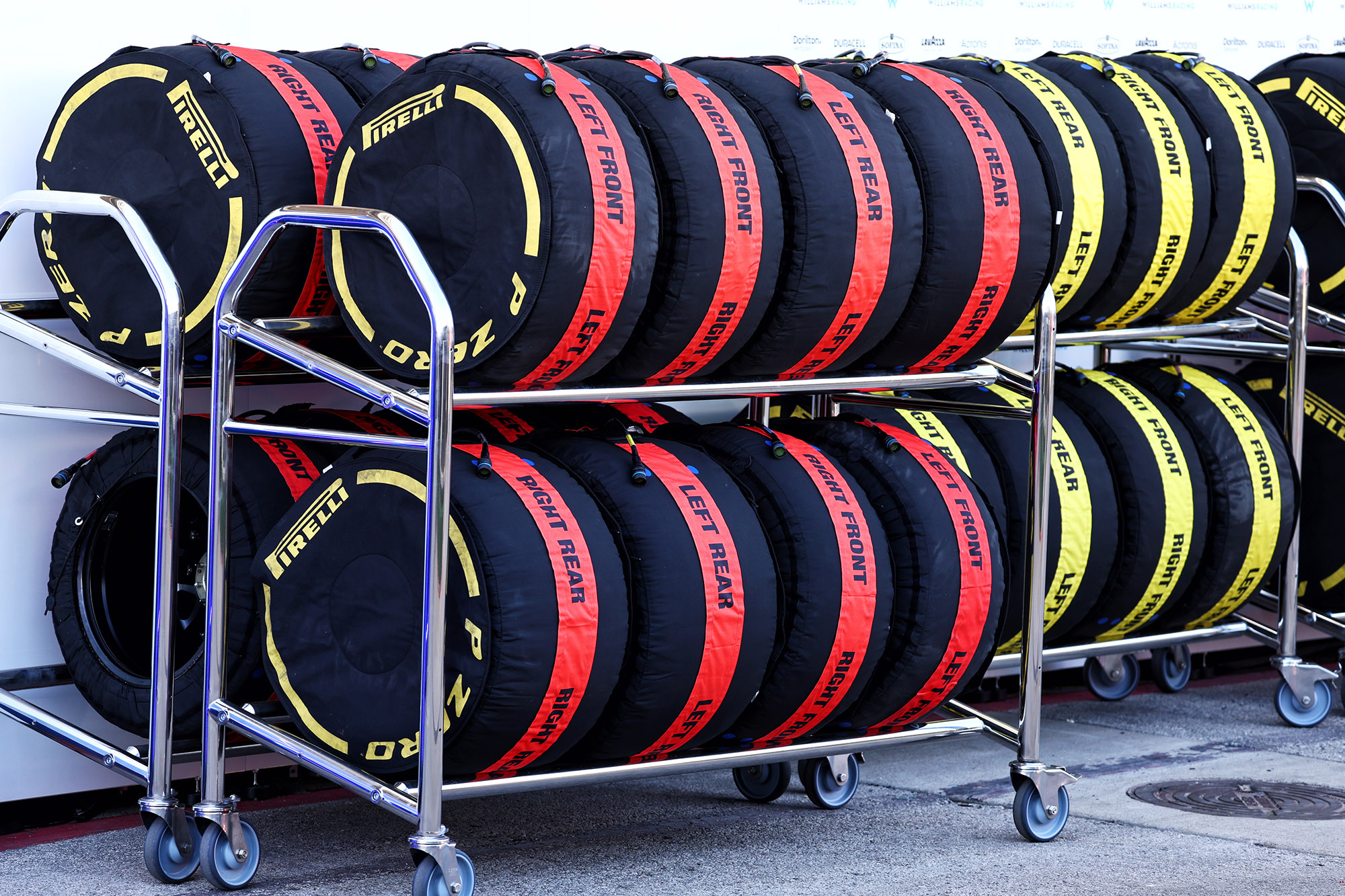Formula 1 teams have voted not to ban tyre heaters next year – although development will continue on tyres that don’t use blankets with a view to its possible introduction in 2025.
The ban was originally in the 2024 sporting regulations prior to the rules being amended earlier this year to carry over the current tyre blanket regulations. However, provision was made for the FIA and Pirelli to go through an evaluation period and possibly reintroduce the ban for next season.
Following this evaluation period, which included on-track testing most recently at Silverstone after the British Grand Prix with Red Bull, Haas and Williams running, Pirelli composed a technical dossier laying out the progress it has made in a development programme that has already logged around 17,000kms of running.
Based on this progress, the FIA deemed the progress to be sufficient to put it to a vote. This required five out of 10 teams to vote in favour – a so-called ‘simple majority’ – but the measure did not garner sufficient support.
The suggestion from Mike Krack (Aston Martin) and Christian Horner (Red Bull) during the Belgian Grand Prix team bosses’ press conference was that there was a universal agreement among teams not to give the green light for 2024.
“All of us decided we need a bit more development on them,” said Krack, while Horner credited Pirelli with “good progress” but said blanketless tyres were “not quite ready for 2024”.

Pirelli is adamant its product would’ve in fact been ready for introduction in 2024, and that the current development tyres are working well. Its view was supported by the statement that came out of the F1 Commission meeting: “The results of the testing undertaken so far show that the change can be implemented to the requested target specifications for 2024.”
The impetus for the ban on all forms of tyre heaters, including blankets, came from F1 and the FIA as part of its sustainability initiatives rather than Pirelli lobbying for it.
“It’s not pushing them on one side or the other, it’s the picture of where we are,” said Pirelli F1 boss Mario Isola of the dossier. “We are not saying in the dossier we would like this or that, we say ‘we started the development from here, we moved several steps, we achieved these results, we still have some work to do’ – and that’s all.
“Then it’s up to them to decide if it is time in 2024 to go in this direction, [or] if we need to consider this introduction for 2025. It’s these two options because I believe that removing the blankets has been decided a long time ago from everybody. So, we will continue to develop the tyres.”

Pirelli’s testing programme is due to continue at Spa after the Belgian Grand Prix, with former McLaren driver Stoffel Vandoorne having his first experience of Aston Martin machinery during the running. There’s also a test planned for after the Italian Grand Prix at Monza.
Pirelli had also planned to run the development tyres in Friday practice for the United States and Japanese Grands Prix.
The tyres have been designed to work at lower pressures in order to give sufficient grip on outlaps. In recent tests, the warm-up has been relatively rapid, although these have been at high-energy tracks Barcelona and Silverstone.
The fact Pirelli is already well-advanced with development of the blanketless tyres could play a role in the decision taken on the tyre tender, with Bridgestone also in contention to take over the tyre supply. Pirelli is regarded as favourite to win the tender, although this has yet to be finalised.
The proposed ban on tyre blankets has been criticised by many drivers. Lewis Hamilton dubbed the potential ban as “dangerous” earlier this season, while Verstappen warned F1 against it at Spa yesterday.
“I don’t think we should head in that direction because it’s extremely difficult,” said Verstappen. “People probably don’t know how difficult it is to drive a car with 1,000bhp out of the pits, especially when the track is already a bit slippery. It’s not necessary.
“I don’t think it actually generates a lot of energy, these kind of tyre blankets. An AC generates more when you combine it through the whole paddock. With the tyres they probably can make it work, but then they need to drop the working range that much that once you’re up to temperature the tyre will just be like chewing gum and the pressures will go through the roof and it will not make the racing better.
“Now with an outlap when you’re struggling so much, then a [rival] car [coming up] with the warm tyres, it will look so stupid. The racing out of the pits now not having the hot tyres is brilliant and I don’t see why we need to change that at all.”
THE RACE SAYS…

The drawn-out saga over the mooted tyre heater ban encapsulates the difficulty F1 faces balancing up its sustainability objectives and its other priorities such as safety and ‘the show’. But it is a logical direction as the energy consumed by the tyre blankets over a season (and that used up transporting them around a world) will add up into a relevant saving over the year.
It’s easy to point to other areas where energy, and more of it, is consumed, but the best way to approach these challenges is to find efficiencies and savings across the board. It’s the aggregate of these gains that matters and provided it can be done safely and effectively, it is the right path.
The ban was always unlikely to go ahead in 2024 from the moment it was originally paused, simply because F1 teams are always ultra-conservative when it comes to such changes. But kicking the ban back for possible introduction in ‘25 is a pragmatic step even though Pirelli has made good progress with its tyres.
The feedback around the testing and the decision suggests this is not about whether Pirelli has done the job with its products, but simply whether the teams want the tyre blankets banned next year.
The concerns from the drivers are understandable, especially for those who will only have sampled the tyres much earlier in the development process. During the Jerez test earlier this year the ambient temperature was very low, meaning that inevitably tyre warm-up was problematic. Again, the delay helps here as it will allow drivers to build a more comprehensive understanding of the product. Then the safety concerns can either be allayed or supported with solid evidence and it is right and proper that the drivers should have the chance to be confident in the tyres given it’s their necks on the line.
The blanket ban would impact the racing. There were complaints it would eliminate the undercut as a strategy, which it probably would do. But the overcut, rarely seen these days, would fill that void.
It would also place an extra premium on drivers who are able to maximise the pace straight out of the box and get the tyres working. While Verstappen criticised it, there’s little doubt a driver of his quality would be among the very best at it.
The question now is at what point will the decision be made for 2025?

